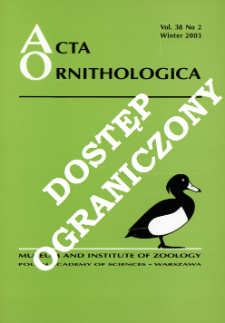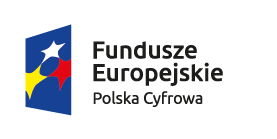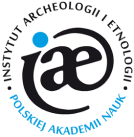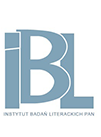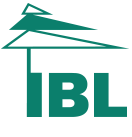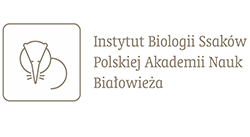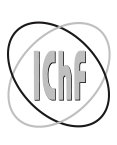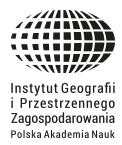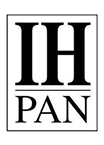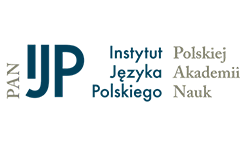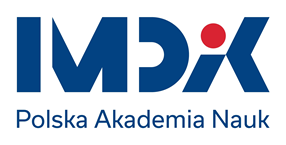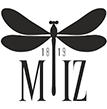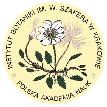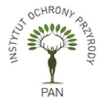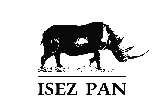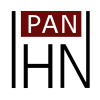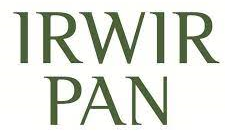
Obiekt
Tytuł: Dietary habits of the long-eared owl Asio otus in the Italian peninsula
Inny tytuł:
Acta Ornithologica, vol. 34, no. 1 ; Zwyczaje pokarmowe uszatki we Włoszech
Współtwórca:
Polska Akademia Nauk. Muzeum i Instytut Zoologii
Wydawca:
Muzeum i Instytut Zoologii PAN
Miejsce wydania:
Opis:
Bibliogr. p. 50 ; P. [45]-51 : ill. ; 27 cm ; Abstract in Polish. Taxa in Latin
Typ obiektu:
Abstrakt:
Feeding habits of the Long-eared Owl in the Italian peninsula were investigated by using mainly data from bibliographic sources. A total of 4651 prey items from 13 study localities were used in the analysis. Field voles Microtus sp., which globally accounted for over 51.4% of the cumulative total, were the most important prey, followed by the mice Apodemus sp. (31.5%). Insectivores (6.0%) and birds (4.7%) were preyed less frequently. In order to represent the diet of Long-eared Owls some dietary parameters were computed, such as percentages of occurrence of the most important prey taxa (insectivores, murids, arvicolids, and birds), mean prey size, taxonomic diversity and prey size diversity. The linear relationships between the variables were assessed by using either Spearman-rank and Pearson correlation coefficients. Taxonomic dietary diversity was positively correlated with site latitude. Geographic linear distances (in km) of the various study sites and relative niche overlap values were negatively correlated. The dietary diversity was positively correlated with the proportion of murids and negatively with arvicolids. It suggests that the Long-eared Owl is quite specialised in feeding upon arvicolids when the availability of this prey is high. Furthermore, one-way ANOVA revealed that significant differences in mean prey size between the different localities were present. Performing a Principal Component Analysis on the dietary parameters we observed a separation of the study sites in two different groups along the first factor, and the proportions of arvicolids and murids were the most important parameters in order to explain the observed variability.
Czasopismo/Seria/cykl:
Tom:
Zeszyt:
Strona pocz.:
Strona końc.:
Szczegółowy typ zasobu:
Format:
Identyfikator zasobu:
Źródło:
MiIZ PAN, call no. P.257, Vol. 34, No 1 ; MiIZ PAN, call no. P.4568, Vol. 34, No 1 ; kliknij tutaj, żeby przejść
Język:
Prawa:
Rights Reserved - Restricted Access
Zasady wykorzystania:
Digitalizacja:
Museum and Institute of Zoology of the Polish Academy of Sciences
Lokalizacja oryginału:
Library of the Museum and Institute of Zoology of the Polish Academy of Sciences
Dofinansowane ze środków:
Programme Innovative Economy, 2010-2014, Priority Axis 2. R&D infrastructure ; European Union. European Regional Development Fund
Dostęp:
Kolekcje, do których przypisany jest obiekt:
- Repozytorium Cyfrowe Instytutów Naukowych > Kolekcje Partnerów > Muzeum i Instytut Zoologii PAN > Czasopisma
- Repozytorium Cyfrowe Instytutów Naukowych > Kolekcje Partnerów > Muzeum i Instytut Zoologii PAN > Wydawnictwa MiIZ PAN > Acta Ornithologica
- Repozytorium Cyfrowe Instytutów Naukowych > Piśmiennictwo > Czasopisma/Artykuły
Data ostatniej modyfikacji:
2 paź 2020
Data dodania obiektu:
20 maj 2014
Liczba pobrań / odtworzeń:
70
Wszystkie dostępne wersje tego obiektu:
https://rcin.org.pl./publication/61072
Wyświetl opis w formacie RDF:
Wyświetl opis w formacie RDFa:
Wyświetl opis w formacie OAI-PMH:
| Nazwa wydania | Data |
|---|---|
| Dietary habits of the long-eared owl Asio otus in the Italian peninsula / Riga, Francesco | 2 paź 2020 |
Obiekty Podobne
Capizzi, Dario (1967– ) Caroli, Luigi Varuzza, Paolo
Varuzza, Paolo Capizzi, Dario (1967– ) Santini, Luciano Apollonio, Marco
Jabłoński, Piotr Grzegorz (1959– )
Goszczyński, Jacek (1946–2012) Jabłoński, Piotr Grzegorz (1959– ) Lesiński, Grzegorz Romanowski, Jerzy
Szmal, Andrzej Jermaczek, Andrzej (1957– ) Nawrocki, Przemysław Szwagrzak Andrzej Winiecki, Aleksander (1956– )
Rinne, Juhani (1939– ) Lokki, Heikki Saurola, Pertti (1938– )

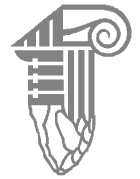 INSTYTUT ARCHEOLOGII I ETNOLOGII POLSKIEJ AKADEMII NAUK
INSTYTUT ARCHEOLOGII I ETNOLOGII POLSKIEJ AKADEMII NAUK
 INSTYTUT BADAŃ LITERACKICH POLSKIEJ AKADEMII NAUK
INSTYTUT BADAŃ LITERACKICH POLSKIEJ AKADEMII NAUK
 INSTYTUT BADAWCZY LEŚNICTWA
INSTYTUT BADAWCZY LEŚNICTWA
 INSTYTUT BIOLOGII DOŚWIADCZALNEJ IM. MARCELEGO NENCKIEGO POLSKIEJ AKADEMII NAUK
INSTYTUT BIOLOGII DOŚWIADCZALNEJ IM. MARCELEGO NENCKIEGO POLSKIEJ AKADEMII NAUK
 INSTYTUT BIOLOGII SSAKÓW POLSKIEJ AKADEMII NAUK
INSTYTUT BIOLOGII SSAKÓW POLSKIEJ AKADEMII NAUK
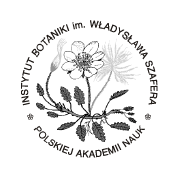 INSTYTUT CHEMII FIZYCZNEJ PAN
INSTYTUT CHEMII FIZYCZNEJ PAN
 INSTYTUT CHEMII ORGANICZNEJ PAN
INSTYTUT CHEMII ORGANICZNEJ PAN
 INSTYTUT FILOZOFII I SOCJOLOGII PAN
INSTYTUT FILOZOFII I SOCJOLOGII PAN
 INSTYTUT GEOGRAFII I PRZESTRZENNEGO ZAGOSPODAROWANIA PAN
INSTYTUT GEOGRAFII I PRZESTRZENNEGO ZAGOSPODAROWANIA PAN
 INSTYTUT HISTORII im. TADEUSZA MANTEUFFLA POLSKIEJ AKADEMII NAUK
INSTYTUT HISTORII im. TADEUSZA MANTEUFFLA POLSKIEJ AKADEMII NAUK
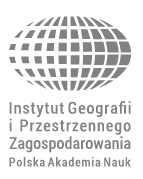 INSTYTUT JĘZYKA POLSKIEGO POLSKIEJ AKADEMII NAUK
INSTYTUT JĘZYKA POLSKIEGO POLSKIEJ AKADEMII NAUK
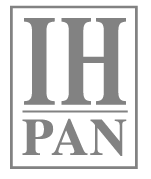 INSTYTUT MATEMATYCZNY PAN
INSTYTUT MATEMATYCZNY PAN
 INSTYTUT MEDYCYNY DOŚWIADCZALNEJ I KLINICZNEJ IM.MIROSŁAWA MOSSAKOWSKIEGO POLSKIEJ AKADEMII NAUK
INSTYTUT MEDYCYNY DOŚWIADCZALNEJ I KLINICZNEJ IM.MIROSŁAWA MOSSAKOWSKIEGO POLSKIEJ AKADEMII NAUK
 INSTYTUT PODSTAWOWYCH PROBLEMÓW TECHNIKI PAN
INSTYTUT PODSTAWOWYCH PROBLEMÓW TECHNIKI PAN
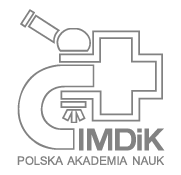 INSTYTUT SLAWISTYKI PAN
INSTYTUT SLAWISTYKI PAN
 SIEĆ BADAWCZA ŁUKASIEWICZ - INSTYTUT TECHNOLOGII MATERIAŁÓW ELEKTRONICZNYCH
SIEĆ BADAWCZA ŁUKASIEWICZ - INSTYTUT TECHNOLOGII MATERIAŁÓW ELEKTRONICZNYCH
 MUZEUM I INSTYTUT ZOOLOGII POLSKIEJ AKADEMII NAUK
MUZEUM I INSTYTUT ZOOLOGII POLSKIEJ AKADEMII NAUK
 INSTYTUT BADAŃ SYSTEMOWYCH PAN
INSTYTUT BADAŃ SYSTEMOWYCH PAN
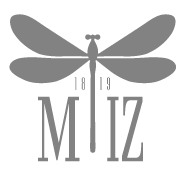 INSTYTUT BOTANIKI IM. WŁADYSŁAWA SZAFERA POLSKIEJ AKADEMII NAUK
INSTYTUT BOTANIKI IM. WŁADYSŁAWA SZAFERA POLSKIEJ AKADEMII NAUK
